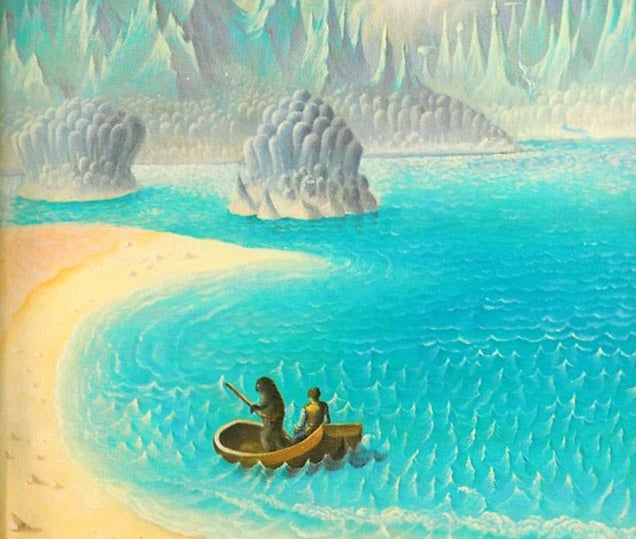

Many of the names in the trilogy reflect the influence of Lewis's friend J.R.R. The books are not especially concerned with technological speculation, and in many ways read like fantasy adventures combined with themes of biblical history and classical mythology. I had grown up on Wells's stories of that kind: it was Lindsay who first gave me the idea that the ‘scientifiction’ appeal could be combined with the ‘supernatural’ appeal." The other main literary influence was David Lindsay's A Voyage to Arcturus (1920): "The real father of my planet books is David Lindsay’s A Voyage to Arcturus, which you also will revel in if you don’t know it. Wells's First Men in the Moon the best of the sort I have read … I like the whole interplanetary ideas as a mythology and simply wished to conquer for my own (Christian) pt of view what has always hitherto been used by the opposite side. Haldane's Possible Worlds both of wh seemed to take the idea of such travel seriously and to have the desperately immoral outlook wh I try to pillory in Weston. What immediately spurred me to write was Olaf Stapledon's Last and First Men … and an essay in J.B.S. Lewis stated in a letter to Roger Lancelyn Green:

That Hideous Strength: A Modern Fairy-Tale for Grown-ups. In 1958, the publishing house Avon published an abridged edition of That Hideous Strength entitled The Tortured Planet. (The National Institute of Co-ordinated Experiments) is secretly in touch with demonic entities who plan to assume control of the Earth. A scientific think tank called the N.I.C.E.




 0 kommentar(er)
0 kommentar(er)
